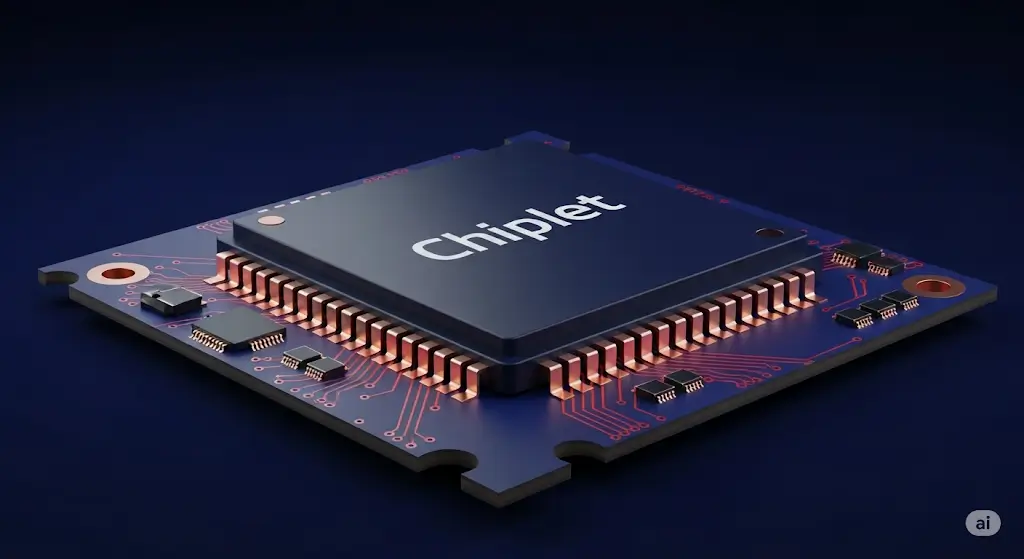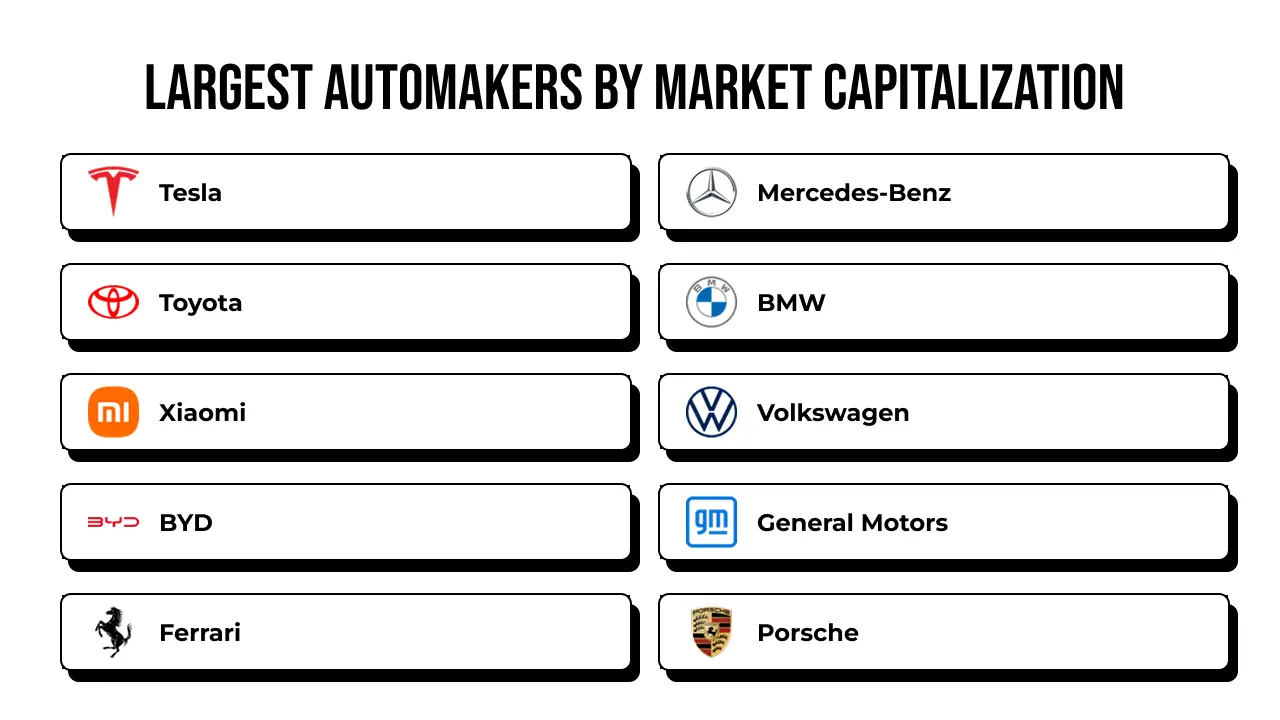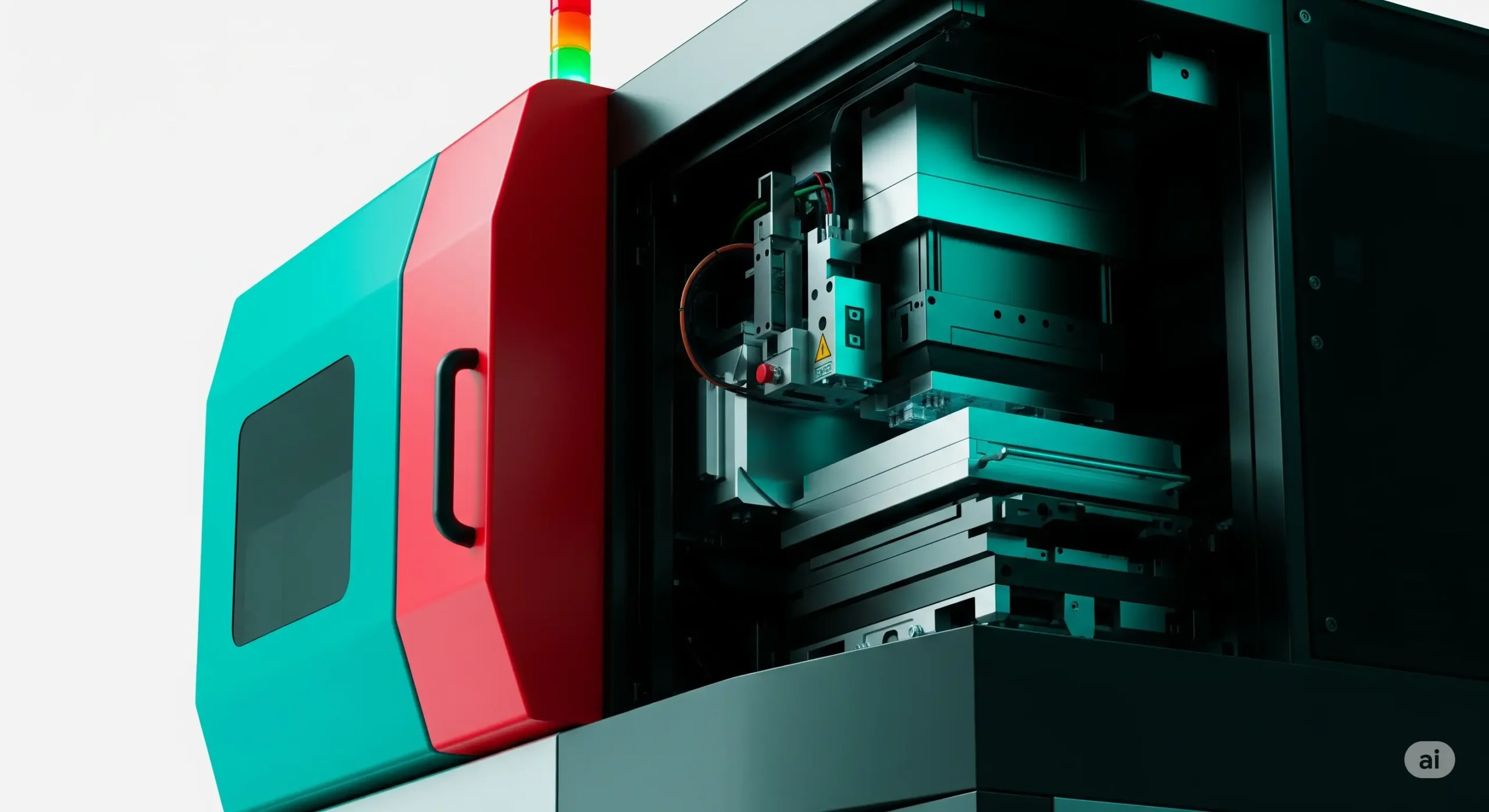I find the chiplet market to be a fascinating space, with its rapid growth driven by the demand for high-performance computing and modular semiconductor designs. As of 2024, the global chiplet market is valued at approximately $6.5 billion, and projections suggest it will soar to $411 billion by 2035, growing at a compound annual growth rate (CAGR) of 44.2%. This explosive growth is fueled by the increasing adoption of chiplets in applications requiring high computational power, such as artificial intelligence (AI), machine learning, and 5G technologies. The ability of chiplets to offer cost-effective, scalable, and customizable solutions compared to traditional monolithic chips is a key driver. Additionally, the push for energy-efficient and high-performance electronics in data centers and consumer devices further accelerates market expansion. My analysis of recent data indicates that the rising complexity of semiconductor designs and the need for faster time-to-market are also significant factors propelling this market forward.
When I look at the top segments in the chiplet market, it’s clear that the landscape is diverse, with applications spanning multiple industries. The key segments include processor chiplets, memory chiplets, and interface chiplets, among others. Processor chiplets, particularly those used in central processing units (CPUs) and graphics processing units (GPUs), hold the highest market share, accounting for roughly 40% of the total market in 2024. This dominance stems from their critical role in AI accelerators and high-performance computing systems, which demand specialized processing capabilities. Memory chiplets are also gaining traction due to the need for high-bandwidth memory (HBM) in data-intensive applications. Interface chiplets, which enable seamless communication between different chiplet components, are growing steadily but remain a smaller segment. My observation is that the processor segment’s lead is likely to persist, given the increasing demand for AI-driven solutions and advanced computing architectures.
The chiplet market is shaped by several key players, and I’ve noted that companies like AMD, Intel, and TSMC are at the forefront. AMD has been a pioneer in chiplet-based architectures, with its Ryzen and EPYC processors leveraging chiplet designs to achieve superior performance. Intel is also heavily invested, with its Ponte Vecchio and Meteor Lake architectures showcasing chiplet innovation. TSMC, as the world’s leading foundry, plays a critical role in manufacturing chiplets for various companies. Other notable players include NVIDIA and Broadcom, which are expanding their chiplet portfolios to meet the demands of AI and networking applications. From my perspective, AMD and Intel are the top companies due to their early adoption and extensive R&D in chiplet technology, giving them a competitive edge in this rapidly evolving market.
Geographically, I see the chiplet market thriving in several key regions. The United States leads due to its robust semiconductor ecosystem, home to major players like AMD, Intel, and NVIDIA. Taiwan is another powerhouse, driven by TSMC’s dominance in chip manufacturing. China is rapidly emerging as a significant market, fueled by government initiatives to bolster its semiconductor industry. South Korea, with companies like Samsung, is also a major contributor, particularly in memory chiplets. Japan rounds out the top countries, with firms like Sony investing in chiplet-based solutions for consumer electronics. My analysis suggests that the U.S. and Taiwan will continue to dominate due to their advanced infrastructure and innovation hubs, though China’s aggressive investments could shift the balance in the coming years.
The chiplet market is buzzing with innovation, and I’m particularly excited about recent advancements like the Universal Chiplet Interconnect Express (UCIe) standard, which enables interoperable chiplet ecosystems. This open standard, introduced in 2022, allows different chiplets to communicate seamlessly, fostering collaboration across manufacturers. Another trend I’ve observed is the integration of chiplets in 3D packaging, which enhances performance by stacking chips vertically. The rise of AI-specific chiplets, designed to handle complex neural network computations, is also a game-changer. Additionally, there’s a growing focus on sustainability, with companies exploring energy-efficient chiplet designs to reduce power consumption. From my vantage point, these trends—interoperability, 3D integration, and AI specialization—will shape the future of the chiplet market, driving it toward greater efficiency and scalability.












